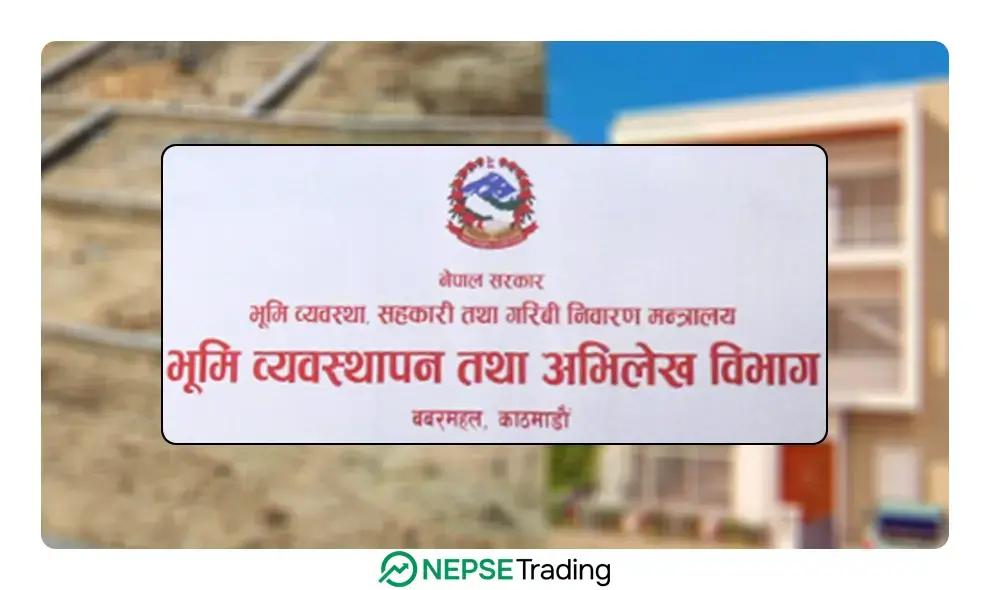By Dipesh Ghimire
Real Estate Transactions and Revenue in Nepal Plummet During Ashoj 2082/83

Nepal’s real estate market has witnessed a sharp decline during the month of Ashoj (mid-September to mid-October) in the current fiscal year 2082/83. Both property transactions and land plot divisions (kittakat) have dropped significantly, causing a noticeable fall in government revenue. According to the Department of Land Management and Archives, the slowdown in property-related activities has reduced government income by more than Rs. 330 million compared to the same month last fiscal year.
In Ashoj of the previous fiscal year 2081/82, the government collected around Rs. 3.08 billion from land and housing transactions. However, during the same period this year, the figure fell to Rs. 2.75 billion — a decline of 10.47%. This means the state lost approximately Rs. 330 million in land revenue within a single month. The drop reflects weaker market sentiment and reduced activity in land sales, likely influenced by high interest rates, liquidity shortages in the banking sector, and cautious investor behavior.
The number of real estate transactions has also fallen sharply. In Ashoj last year, there were 108,000 property deals, out of which 30,537 sale deeds (likhat) were registered. In contrast, this year’s Ashoj recorded only 79,736 transactions, and 23,353 sale deeds were approved. This represents a 21% decline in overall transactions. Such a decrease points to lower demand for property and a slowdown in market turnover, with fewer people buying or transferring land and homes.
A similar downward trend is visible in land division activities. In Ashoj of the previous year, 32,574 land parcels were subdivided into 72,958 smaller plots. But during the same month this year, only 16,860 parcels were split into 35,349 new plots. This means the level of kittakat has nearly halved in just one year. Since kittakat is closely tied to construction, development, and local revenue collection, the decline has affected not just land brokers but also local governments that rely on registration and division fees.
The decline in land division is partly due to the government’s three-month suspension on kittakat. The Ministry had reopened kittakat activities last year for only one year. That period expired at the end of Ashar (mid-July 2025), and since Shrawan 1 (mid-July), the division of land plots has been automatically halted. The suspension was introduced to prevent haphazard urban expansion and safeguard agricultural land from excessive fragmentation. However, it has also slowed down local land-related business and directly impacted revenue collection.
The data indicates that Nepal’s real estate sector is experiencing a cooling phase after years of aggressive trading and speculation. The combination of policy restrictions, tight liquidity, and high borrowing costs has subdued investment in land and housing. Developers are holding back on new projects, and individual investors are adopting a wait-and-see approach due to uncertainty over future policies.
The fall in real estate revenue could affect both federal and local budgets, as land transactions and registration fees form a major source of government income. Unless the kittakat ban is reviewed and the financial environment improves, the slowdown could continue in the coming quarters, influencing construction demand, employment in the housing sector, and urban growth momentum.









